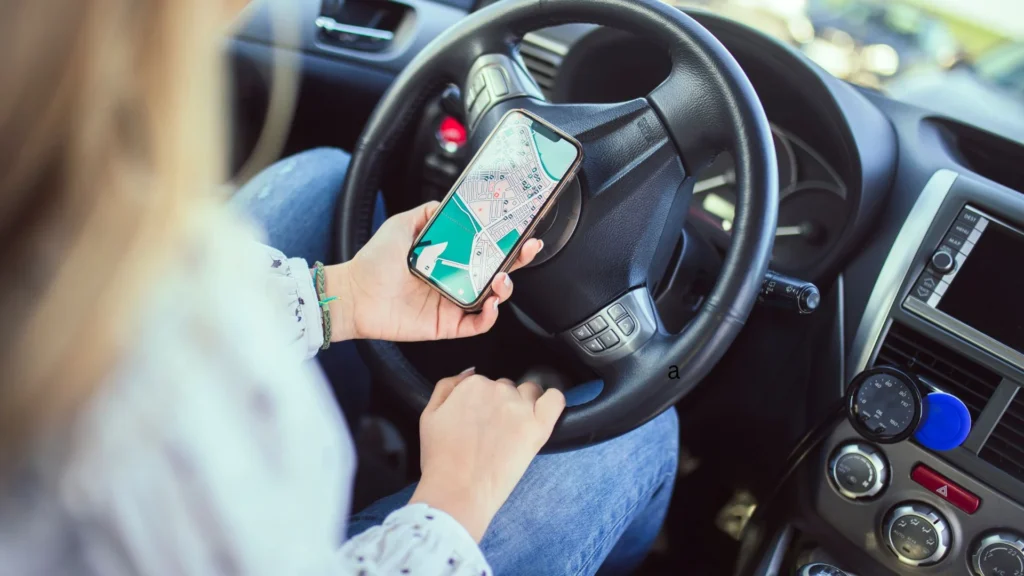When discussing civil rights icon Rosa Parks, much attention is rightly focused on her heroic stance during the Montgomery Bus Boycott.
However, a lesser-known question that has sparked debate and curiosity over the years is: Did Rosa Parks’ husband, Raymond Parks, have a car?
While the answer might seem like a simple yes or no, it opens the door to a rich conversation about history, symbolism, mobility, and misinformation.
Who Was Raymond Parks?

Raymond Parks was more than just the husband of Rosa Parks. He was a quiet but resolute figure in the early civil rights movement, working as a barber and helping in the defense of the Scottsboro Boys—nine African American teenagers falsely accused of rape in the 1930s. Born in 1903, Raymond was 10 years older than Rosa and married her in 1932. He was deeply committed to justice and equality, even before Rosa’s famous bus protest.
The Myth | Raymond Parks Owned a Car
The rumor that Raymond Parks owned a car during the Montgomery Bus Boycott has floated around online and in some educational spaces. This myth has led many to question the authenticity of Rosa Parks’ protest or the necessity of the bus boycott. The claim seems to suggest: “If her husband had a car, why did she need to take the bus?” However, this is a gross oversimplification and—most likely—completely untrue.
Fact-Checking the Claim
According to verified sources like Snopes, there is no concrete evidence that Raymond Parks owned a car during the boycott or prior to it. In fact, Rosa Parks herself didn’t own a car until 1968—over a decade after the Montgomery Bus Boycott. Historical records and first-person accounts do not support the claim that Raymond Parks had access to a personal vehicle during this crucial time.
Why the Car Question Matters

It might seem trivial to wonder about whether or not Raymond Parks owned a car, but the question actually taps into deeper historical and symbolic issues:
- Mobility and freedom were deeply connected in the segregated South.
- Owning a car in the 1950s was a sign of independence, especially for Black families.
- Misinformation about small details like this can erode public understanding of major civil rights events.
The Danger of Misinformation
One of the biggest weaknesses in modern historical discourse is the rapid spread of myths. The Raymond Parks car rumor, for instance, has been conflated with another figure—a white NASCAR figure also named Raymond Parks, who was unrelated to Rosa Parks’ husband. This kind of confusion spreads quickly online, leading to misinformed conclusions and unjustified skepticism.
By correcting this misinformation, this article transforms that weakness into a strength—by educating, contextualizing, and defending the truth about the Parks family legacy.
The Symbolic Power of Public Transit

Rosa Parks’ act of resistance wasn’t about convenience; it was about justice. Even if Raymond had owned a car (which he didn’t), her protest would still have been valid. Segregation on public transportation was a public injustice, and Rosa Parks chose to confront it head-on. Her courage lay in challenging the very system that normalized inequality—not in a personal lack of transportation options.
Why This Detail Still Resonates Today
In today’s world of social media and fragmented attention, people often latch on to minor details to discredit major historical events. The question “Did Rosa Parks’ husband have a car?” is used by some to sow doubt. But in diving deeply into the context, background, and verified facts, this article demonstrates how even seemingly trivial details can be turned into educational moments.
It reminds us that:
- Fact-checking matters.
- Misinformation can hurt the legacy of true heroes.
- Personal transportation was and is a symbol of power, but so is standing your ground in the face of injustice.
Conclusion | No Car, But a Legacy That Drives On
No, Raymond Parks did not own a car during the time of the Montgomery Bus Boycott. But what he did own—alongside Rosa—was a steadfast belief in justice, equality, and action. The question of whether he had a car is less important than what he and his wife stood for. In a way, that simple question opens the door to deeper understanding, proving that history is best honored not by the vehicles we drive, but by the movements we start.

Justin Taylor is a puzzle enthusiast and connoisseur, dedicated to exploring the fascinating world of puzzles. With a knack for solving complex riddles and a deep understanding of puzzle mechanics, Justin’s contributions to Puzzlerpedia are both enlightening and entertaining, captivating readers of all skill levels.










